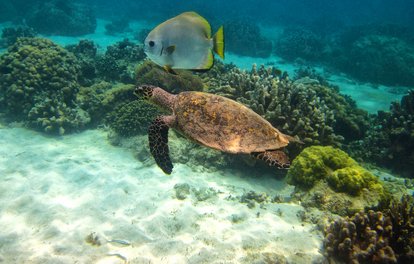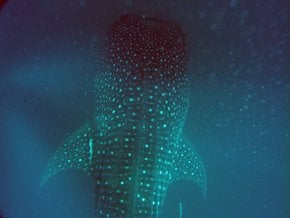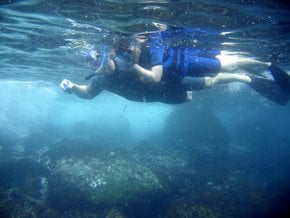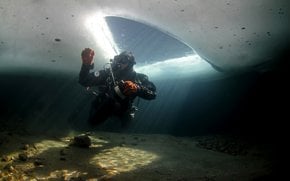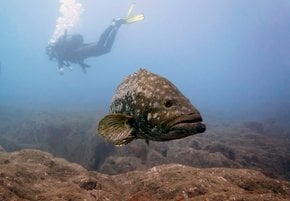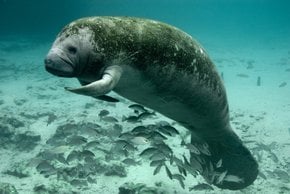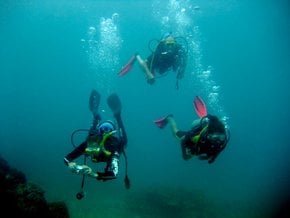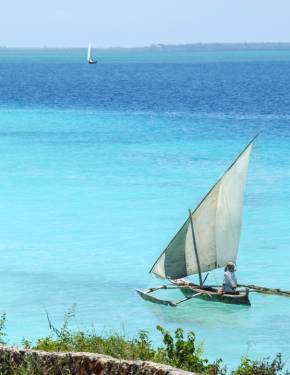Diving in Madagascar 2025-2026
Madagascar—an island of extraordinary wildlife, sea life, and breathtaking adventures. Let’s dive deeper into it!
Best time: May–December
Some ecologists call Madagascar the "8th continent"—90% of its plants and animals can be found only on the island and nowhere else in the world. That's why so many divers come to Madagascar and explore its rare marine life. Here, you can find extensive coral reefs, crocodile fish, leopard sharks, whale sharks, blacktip reef sharks, turtles, humpback whales, Omura's whales, pygmy blue whales, and many more harmless to human fish that may even give you a ride on their backs.
The best diving places in Madagascar
Nosy Be
Nosy Be is one of the most spectacular and notable diving places in Madagascar, located off the north coast of this island. It features outstanding marine biodiversity, such as gigantic lobsters, coral fans, many species of turtles, leopard sharks, angelfish, and frogfish. Indeed, it's a dream spot for sea photographers and scuba divers! It is also worth noting that Nosy Be is not packed with tourists despite being the top tourist destination.
Ile Sainte Marie
Looking for heavenly coral reefs and a variety of wreck sites? Ile Sainte Marie is the second-largest diving spot in Madagascar that will literally blow your mind. This area is on the humpback migration route, and the chances to see the whales breeding are higher than ever. If you want to stumble on mothers with calves, come to Ile Sainte Marie in August.
The Mitsio Archipelago
Divers often choose more distant reefs like, for instance, the islands of the Mitsios. This archipelago is a perfect spot for divers of all levels since the depths vary from 16 feet (5 m) to 115 feet (35 m), while the seabed has all kinds of corals and a lot of extraordinary coral fish.


